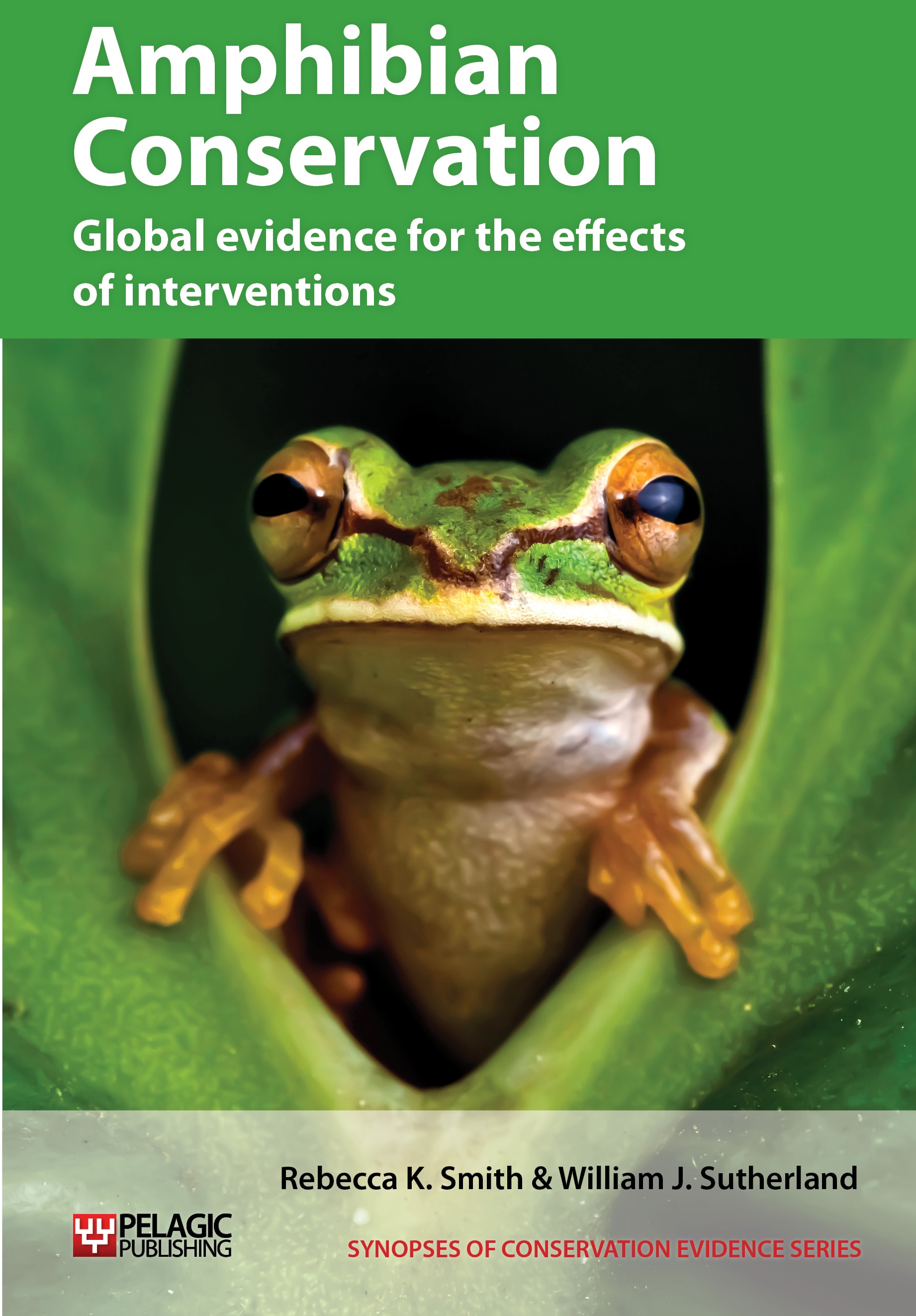Reduce impact of amphibian trade
-
Overall effectiveness category Likely to be beneficial
-
Number of studies: 1
View assessment score
Hide assessment score
How is the evidence assessed?
-
Effectiveness
76% -
Certainty
40% -
Harms
0%
Supporting evidence from individual studies
A review in 2011 (Altherr, Goyenechea & Schubert 2011) found that reducing trade in green pond frog Euphlyctis Hexadactylus and the Indian bullfrog Hoplobatrachus tigerinus through legislation allowed populations to recover from over-exploitation. Both species were categorized by the International Union for the Conservation of Nature (IUCN) as stable in the 2010 IUCN Red List. Populations of both species had crashed in India and Bangladesh following unsustainable use in the frog leg trade. Over three years of monitoring in India, it was estimated that 9,000 tonnes of frogs were removed from the wild for frogs’ legs. In 1985, green pond frogs and Indian bullfrogs were listed in Appendix II of the Convention on International Trade in Endangered Species of Wild Flora and Fauna (CITES). India banned export of frogs’ legs in 1987 and Bangladesh followed in 1989.
Study and other actions tested
Where has this evidence come from?
List of journals searched by synopsis
All the journals searched for all synopses
This Action forms part of the Action Synopsis:
Amphibian Conservation
Amphibian Conservation - Published 2014
Amphibian Synopsis





)_2023.JPG)














